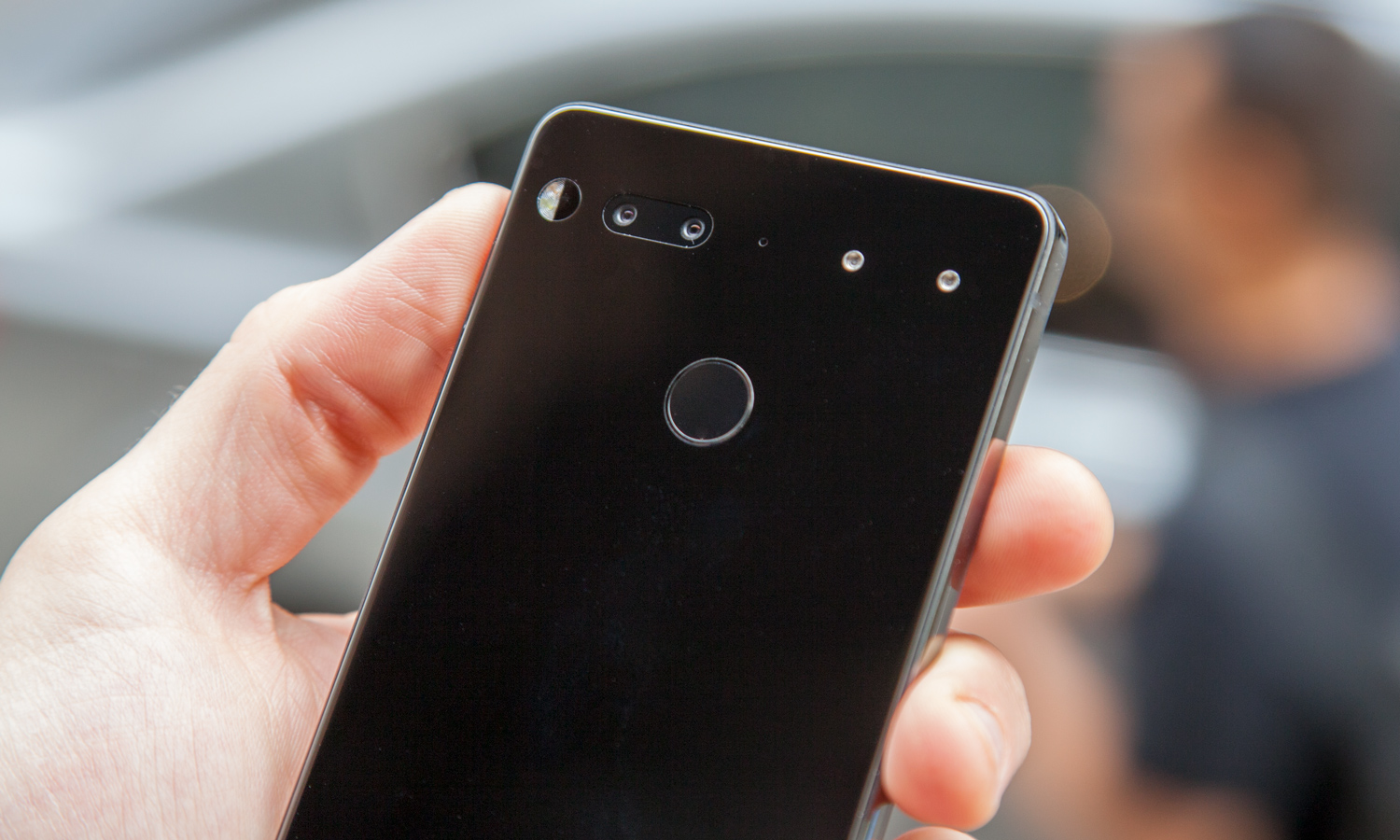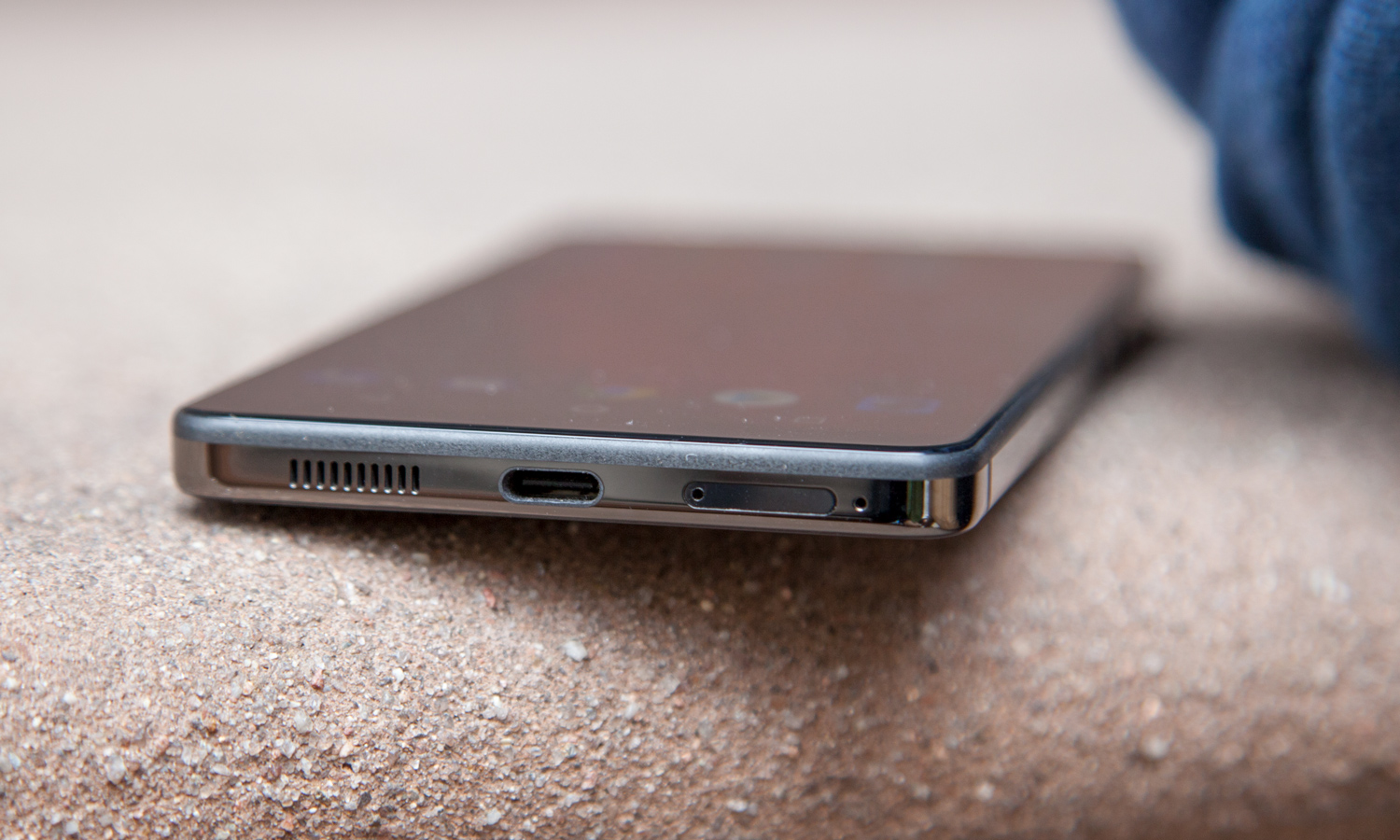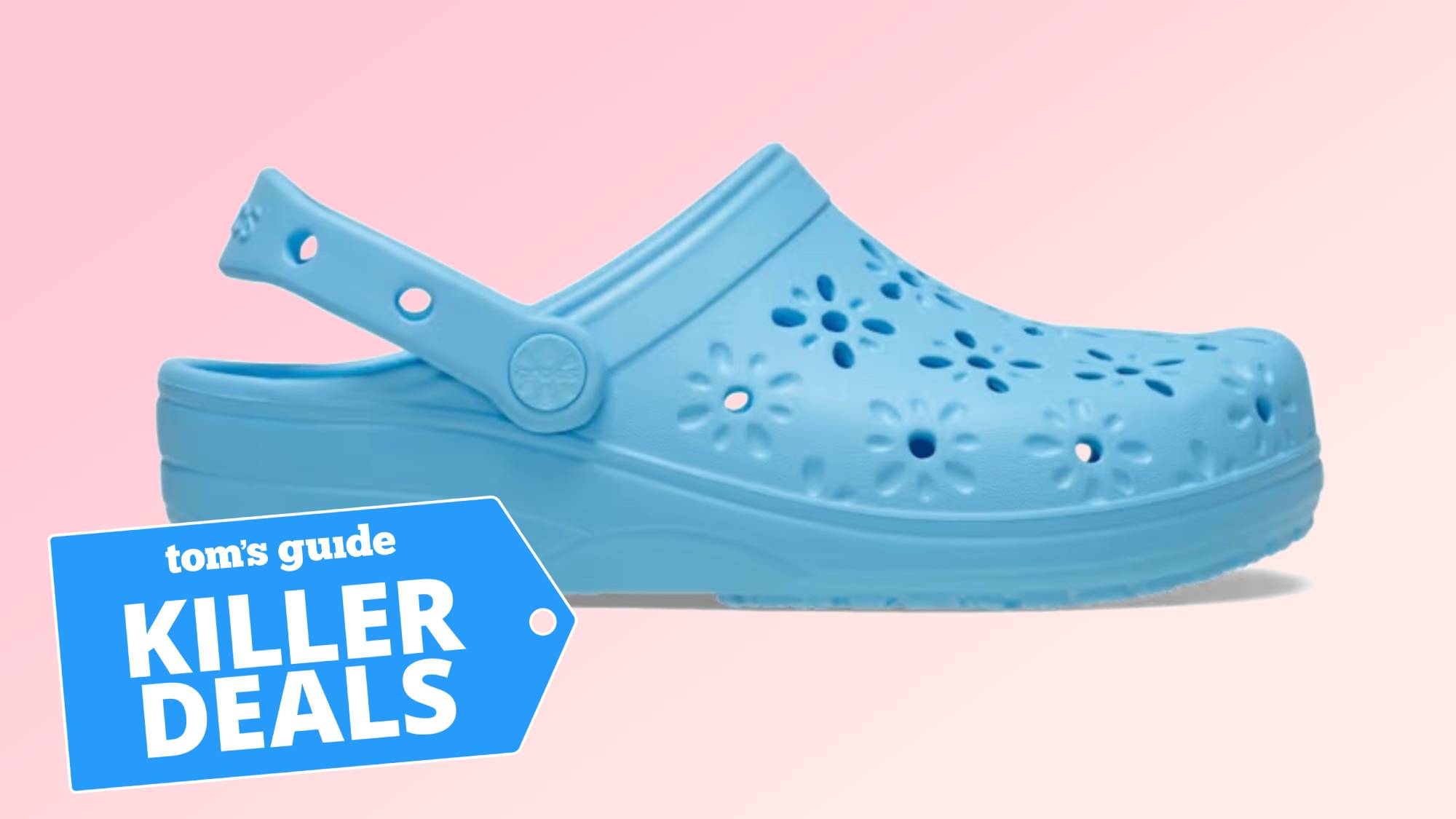How My Girlfriend Foretold the Essential Phone's Failure
A tale of trust, good intentions, and what happens when the things we recommend for our loved ones disappoint them.
Last fall, my girlfriend Lydia dropped her iPhone 6 down a flight of stairs at a train station. It was a nasty fall that left the display absolutely shattered, depositing bits of glass on everything that the phone touched (including our fingers).

However, the iPhone was still functional. So we taped it up, and I think Lydia was inclined to suffer with the damage until the phone eventually died, as some sort of undeserved penance. But that’s no way to live, and I implored her to consider something new. Even if it hadn’t fallen, her iPhone 6 was already three years old, had no internal storage remaining and was definitely on its way to obsolescence.
The question turned to what to buy next. The iPhone 8 would have been a safe choice, but Lydia wasn’t terribly enthusiastic about the dated design. I’ll admit that I steered her away from the iPhone X mostly due to its price. (This was last October, when the world was still collectively reeling from Apple’s sticker shock).
So we began looking at Android. And out of all the devices that were too expensive, too cheap, too old or simply incompatible with her carrier, one outlier emerged: The Essential Phone.
And that’s when our lives changed forever.
Let me take a step back. This was a somewhat risky choice, and I knew it. If you’ve been following Andy Rubin’s startup at all since it launched its smartphone last spring, you likely know it’s been hampered by setbacks.
The phone, codenamed the PH-1, enjoyed a ton of hype surrounding its announcement, but quickly came under fire from critics for its underwhelming camera, unreliable performance and so-so battery life. Essential only sold 5,000 units during its first month on sale, forcing the company to cut the price from $699 to $499. And that’s when I suggested it to my girlfriend.
Lydia was initially skeptical, and understandably so. But she liked the phone’s design, and after mulling it over for a few days, she finally decided to take the plunge on a Pure White model. (She really wanted the green-and-gold Ocean Depths colorway, but that didn’t end up on sale until several months later.)
“The biggest issue was going over to Android, cause I was going to lose iMessage and I have a Mac,” Lydia told me in an interview I assure was not edited to help me save face. “But I was excited to have something different, that looked and felt elegant. And also, I didn’t have to shell out a grand for it.”

Now, I’ve been a writer at Tom’s Guide for eight months. In that time, I’ve learned a lot about my colleagues and their preferences, and they’ve learned about mine. I’ve grown closer to the people I’m proud to call my new work family. But when I made it known a couple weeks ago that my girlfriend bought an Essential Phone based on my recommendation — a device Tom’s Guide’s Editor-In-Chief Mark Spoonauer gave a 6 out of 10 — well, relationships were tested.
“In all fairness, I don’t think he’s the worst boyfriend. I just don’t know why you’d recommend a little-known phone to someone without having used it,” Senior Writer Caitlin McGarry said, even though I was in the room. “There was no track record with Essential, so I feel like he really threw her into the deep end and told her to swim. But she didn’t know how to swim.”
Meanwhile, Editor Sherri L. Smith did not pass go and went straight to questioning my integrity.
“As a tech journalist, it’s a reflection on you what your family members hold,” Sherri said. “I would never let someone close to me — someone that anyone could identify as my kin — walk around with crappy tech, because then, I’m not doing my job. People see me on TV, and one day they will see Adam too. Does he really want that coming out of his closet?”
While I’m not afraid (or, perhaps blissfully unaware) of the damage this episode could do to my career, both Caitlin and Sherri make valid points. Because once Lydia crested the honeymoon phase with her new phone, it was anything but smooth sailing.

“Within like a month or two having it, it’d just freeze, and I couldn’t do anything with it,” Lydia said. “It’d be like that for about five minutes and then I’d have to force it to turn off.”
She also found the PH-1 to be a lot less durable than its titanium and ceramic construction suggested.
“Quickly I realized I needed a case, and that it’s a big phone for my hands,” Lydia said. “The [build] quality is something I wonder if they even tested. Literally it fell off a train seat, which was less than 2 feet high, onto a vinyl floor and the fact that the screen cracked is mindblowing.”
Eventually, we were able to find a decent TPU case to stave off any further damage. That proved to be surprisingly difficult, because the selection of quality accessories for phones that aren’t made by Apple, Samsung or Google is frustratingly small. And earlier this year, Essential pushed out an update to Android 8.1 Oreo that Lydia said addressed the glitches she encountered.
MORE: iPhone X Clones: All the Notch Phones Coming This Year
By that point, though, it may have been a little too late. Not for Lydia — despite the headaches she encountered, she likes her Essential Phone now and would even consider buying a successor, saying that it’s hard to “find phones that look good that don’t cost $1,000.” She’s not even mad at me — at least, outwardly.
But there may not be a successor to buy. Essential doesn't seem long for this world, according to a recent report from Bloomberg that cites “people familiar with the matter.” The company is rumored to have canceled its second-generation handset amidst poor sales and an exodus of internal talent. Rubin’s firm is now seeking a corporate buyer, Bloomberg says, and it’s received interest from “at least one suitor.”
It’s also too late for your humble author, who has all but certainly lost the respect of his colleagues. After this escalated to an ongoing thing in the office, I put the vote to the public, and asked if I was a bad boyfriend for setting off this cascade of events. This immediately proved to be a terrible idea when 23 of 33 respondents told the internet Lydia could do better.
I’ve tried to repent by offering to chip in on a different phone, which Lydia tells me she doesn’t need or want. But is she being honest, or is she simply trying to make me feel better? Perhaps I’ll never know. Or maybe I will, once she gets something she truly likes.
We may also never know what a second Essential Phone could’ve been. The PH-1 had a lot of problems, but also a lot of promise, especially in terms of design. Had Rubin’s team employed everything it learned in the turbulent development of its first handset, perhaps it could have righted many of its predecessor’s sins.
Back in February at Mobile World Congress, an Essential representative told me the company was encouraged by the reception it was getting on the less expensive side of the flagship market, a niche that has exploded over the last few years thanks to phone makers like OnePlus and Honor. Rumors swirled that Essential was interested in doubling down on that segment after the price cut was received so favorably, but it appears that strategy may have been ditched.
You only get one shot in this relentless industry, and Essential botched theirs. The company worked to set things right, and it may have even succeeded, but none of that matters after you blow the first impression. If Rubin or whoever winds up buying Essential can’t figure out a way back into the game, we’ll have lost an imperfect but refreshing alternative in a market that thrives on regurgitating what’s worked before. But those few who bought into the potential will always remember the experience — for better or worse, anyway.
Sign up to get the BEST of Tom's Guide direct to your inbox.
Get instant access to breaking news, the hottest reviews, great deals and helpful tips.
Adam Ismail is a staff writer at Jalopnik and previously worked on Tom's Guide covering smartphones, car tech and gaming. His love for all things mobile began with the original Motorola Droid; since then he’s owned a variety of Android and iOS-powered handsets, refusing to stay loyal to one platform. His work has also appeared on Digital Trends and GTPlanet. When he’s not fiddling with the latest devices, he’s at an indie pop show, recording a podcast or playing Sega Dreamcast.
